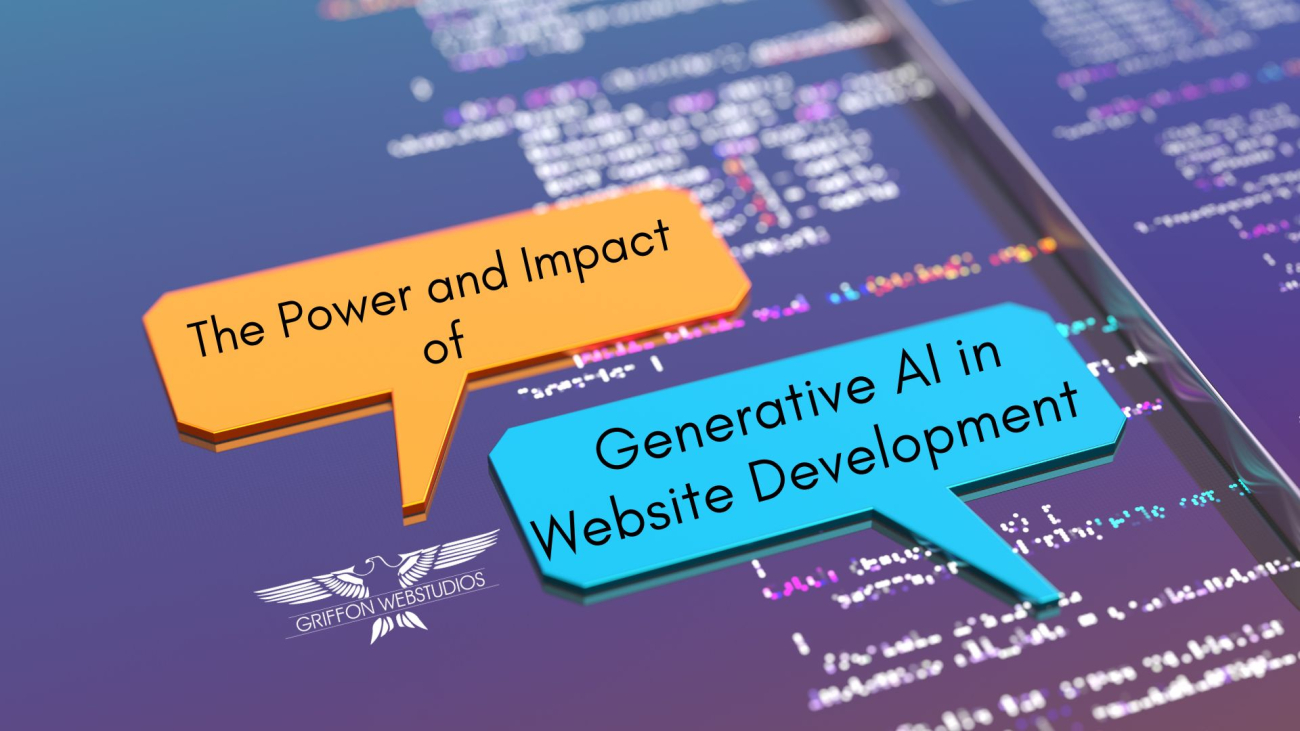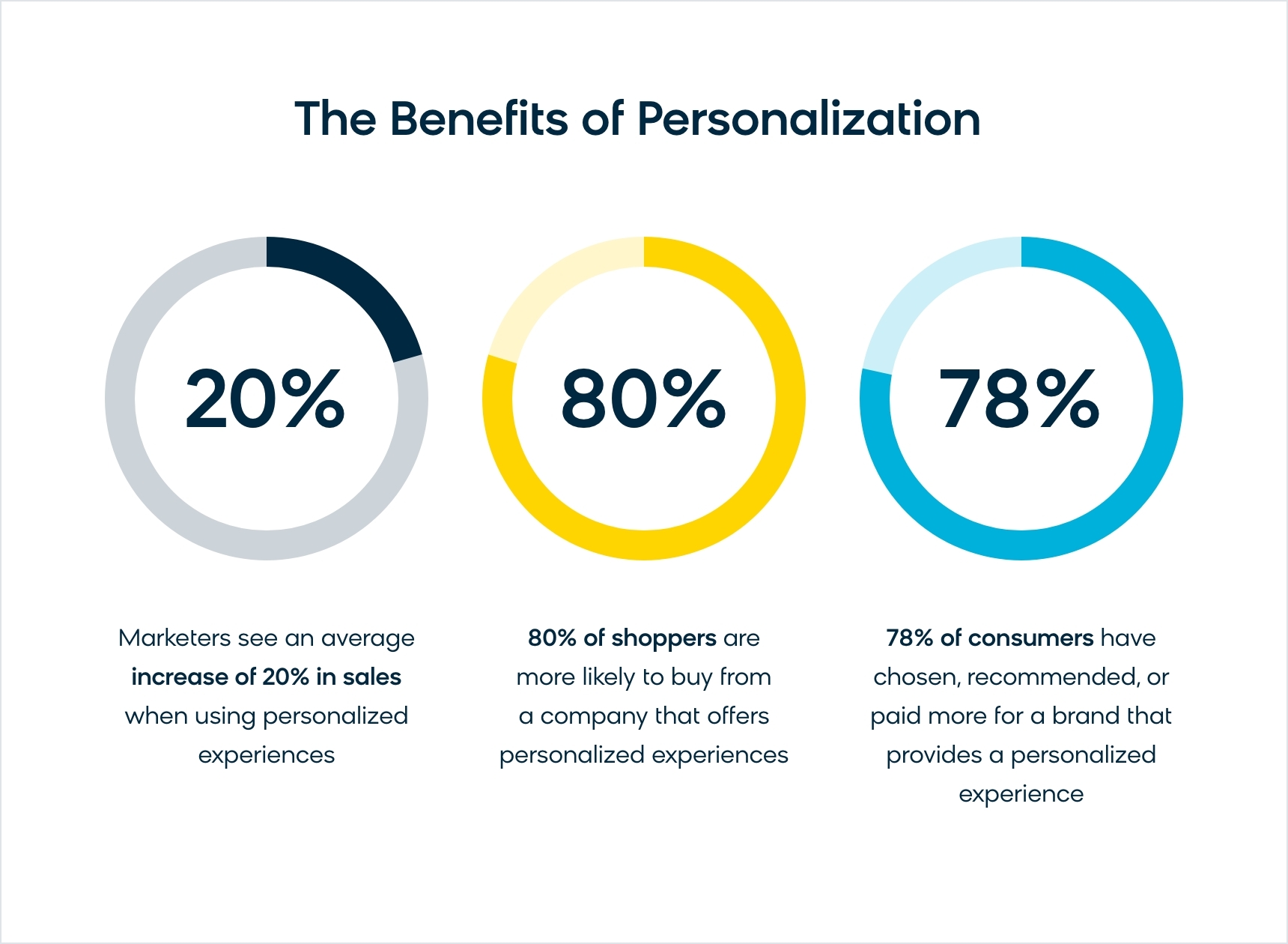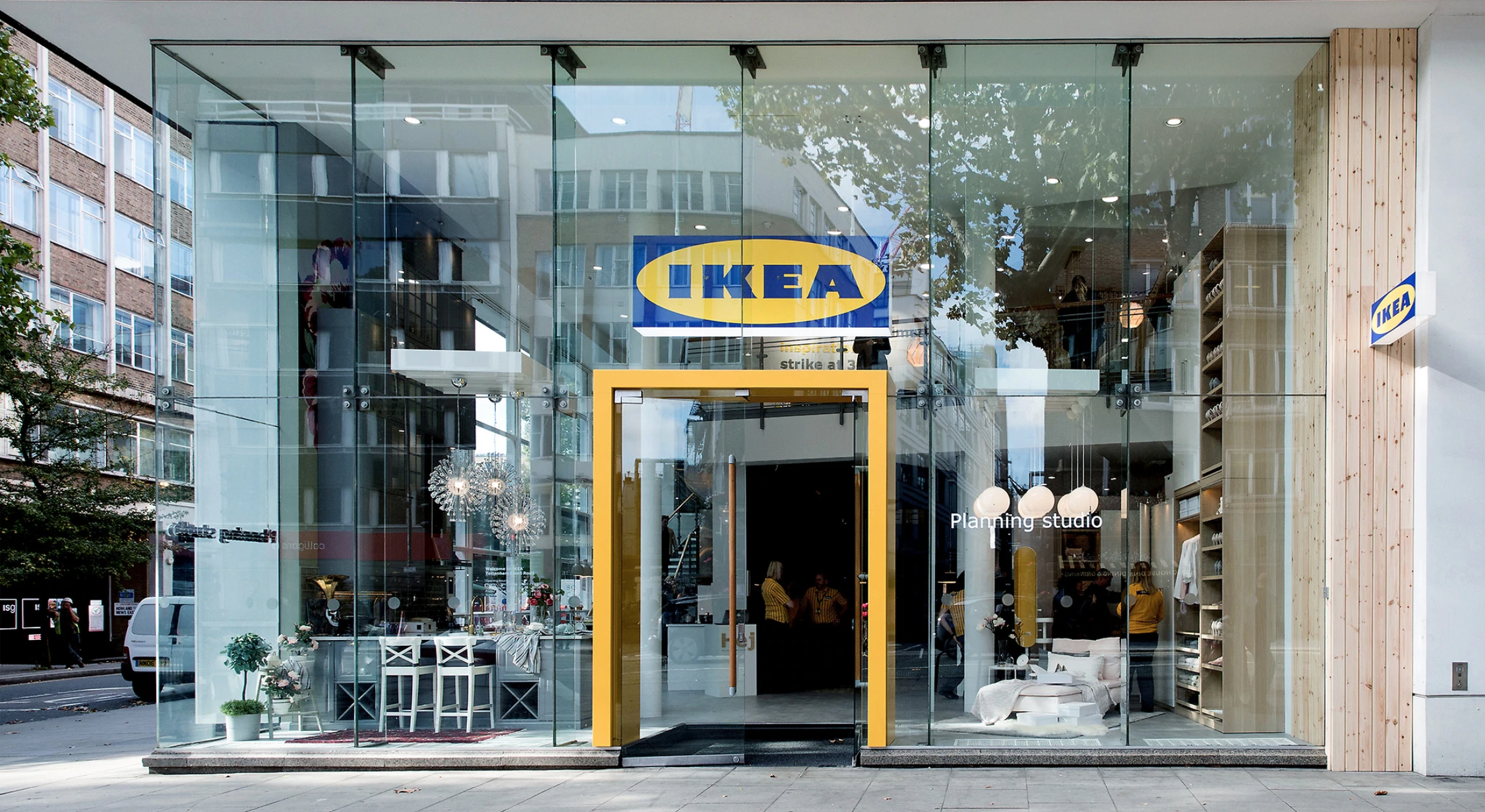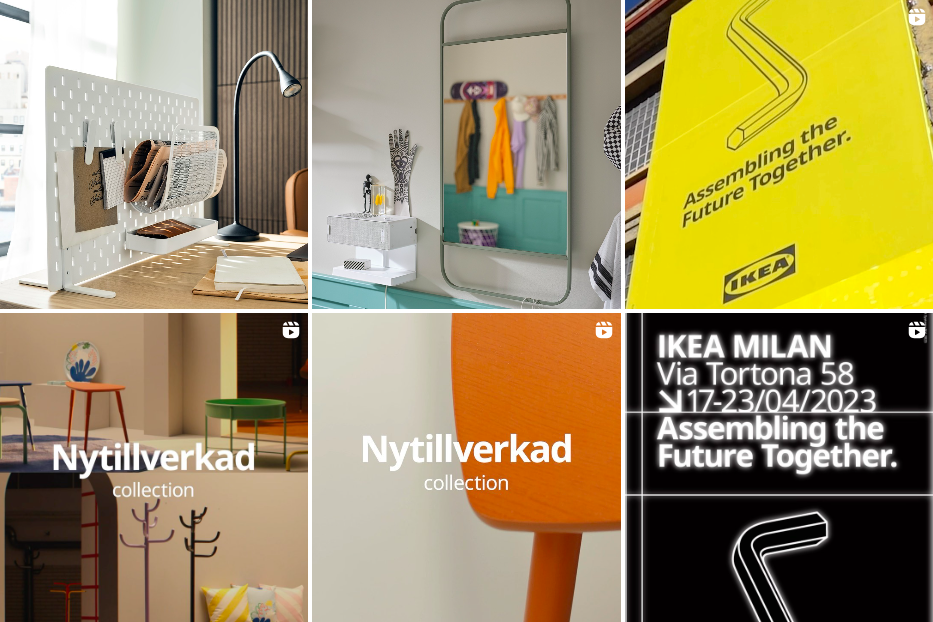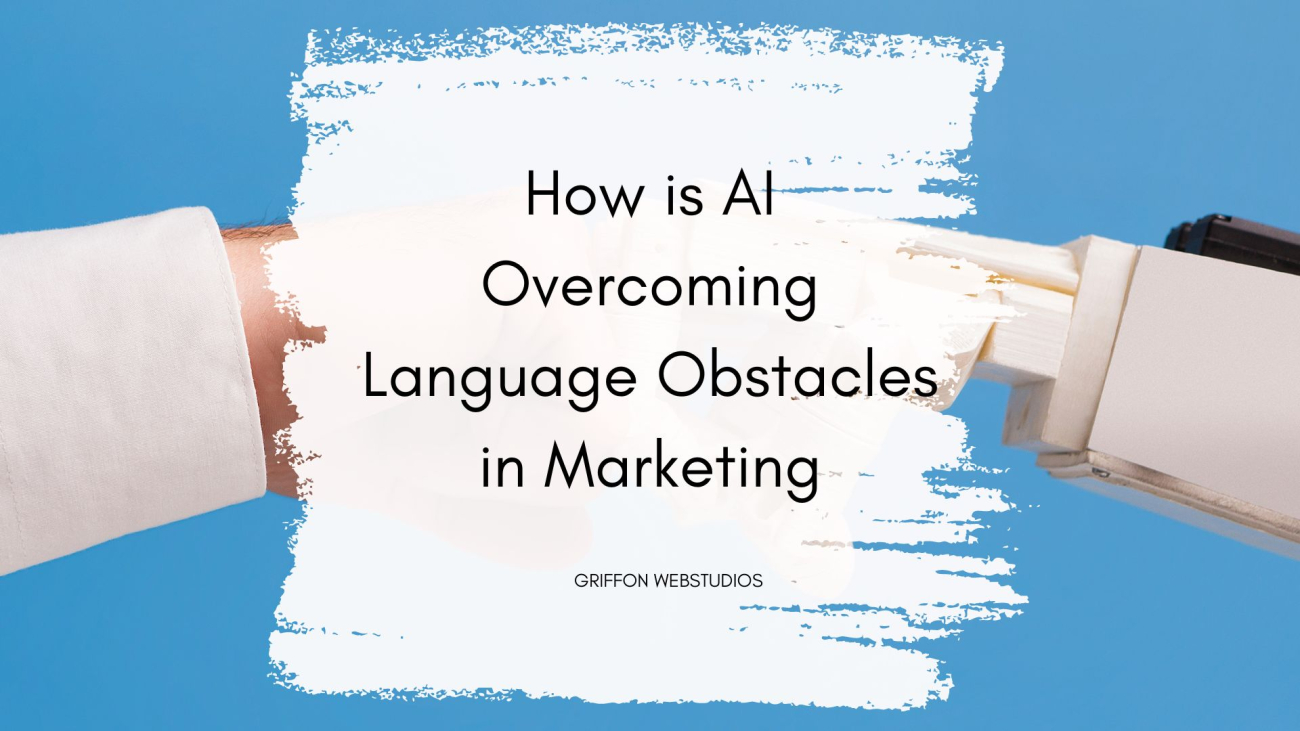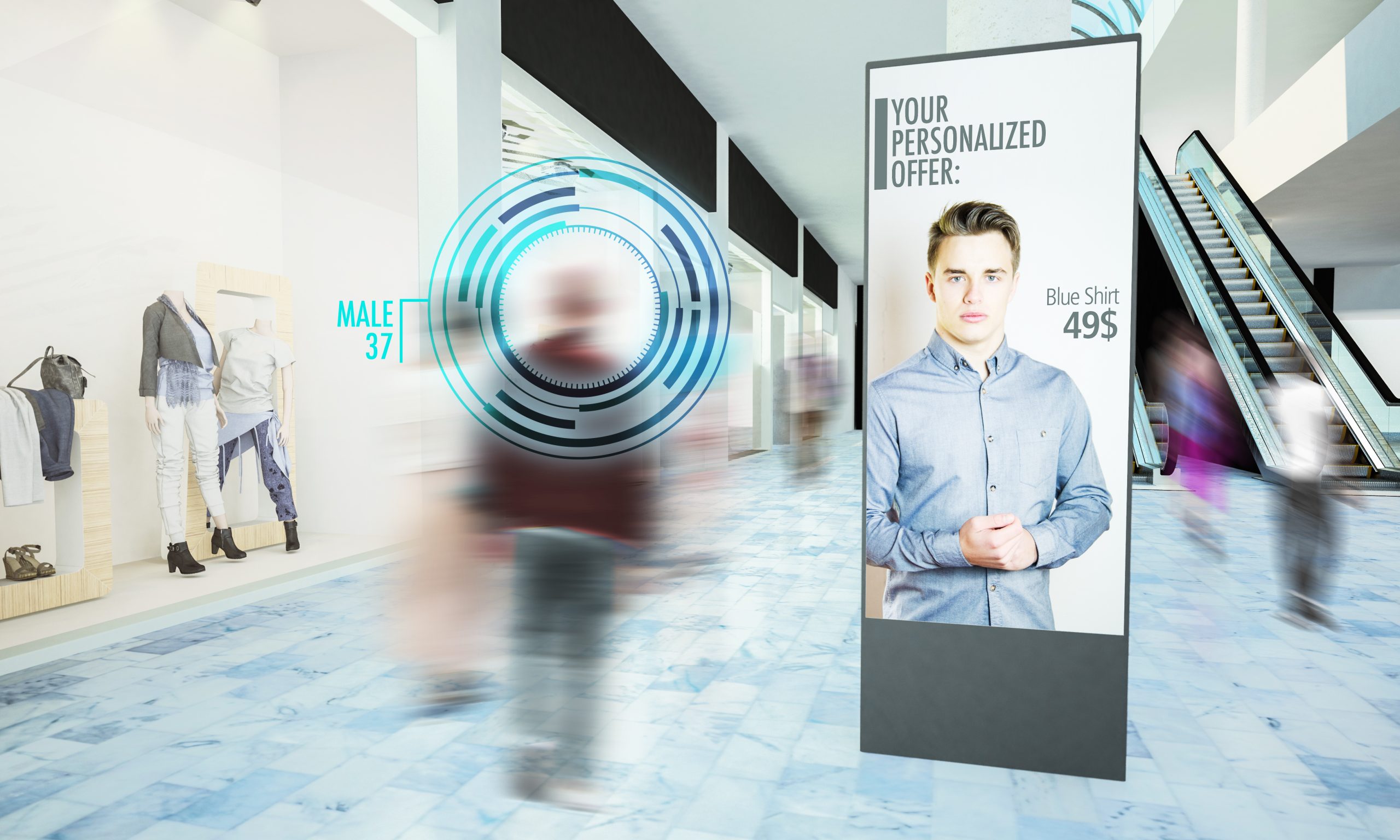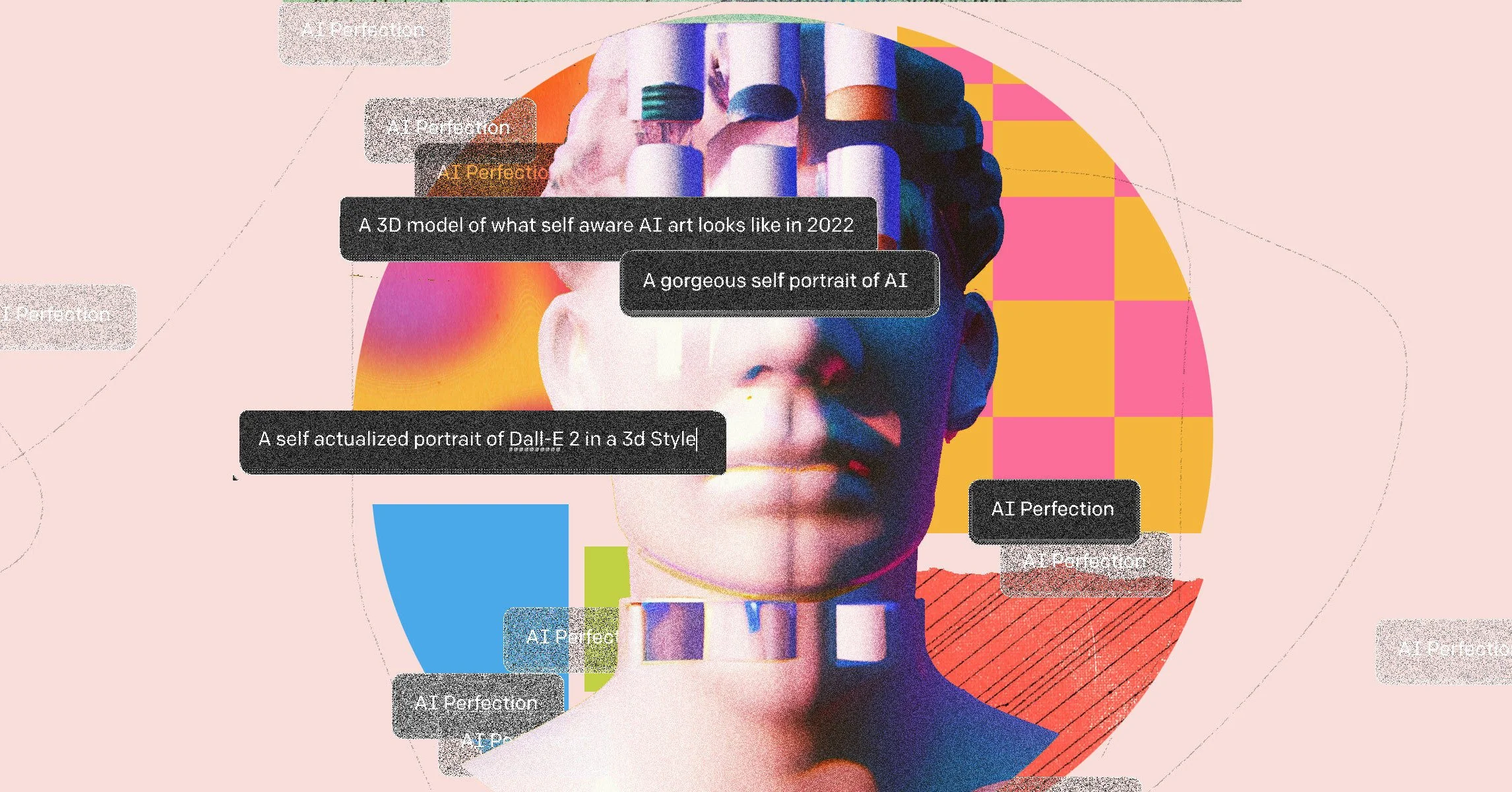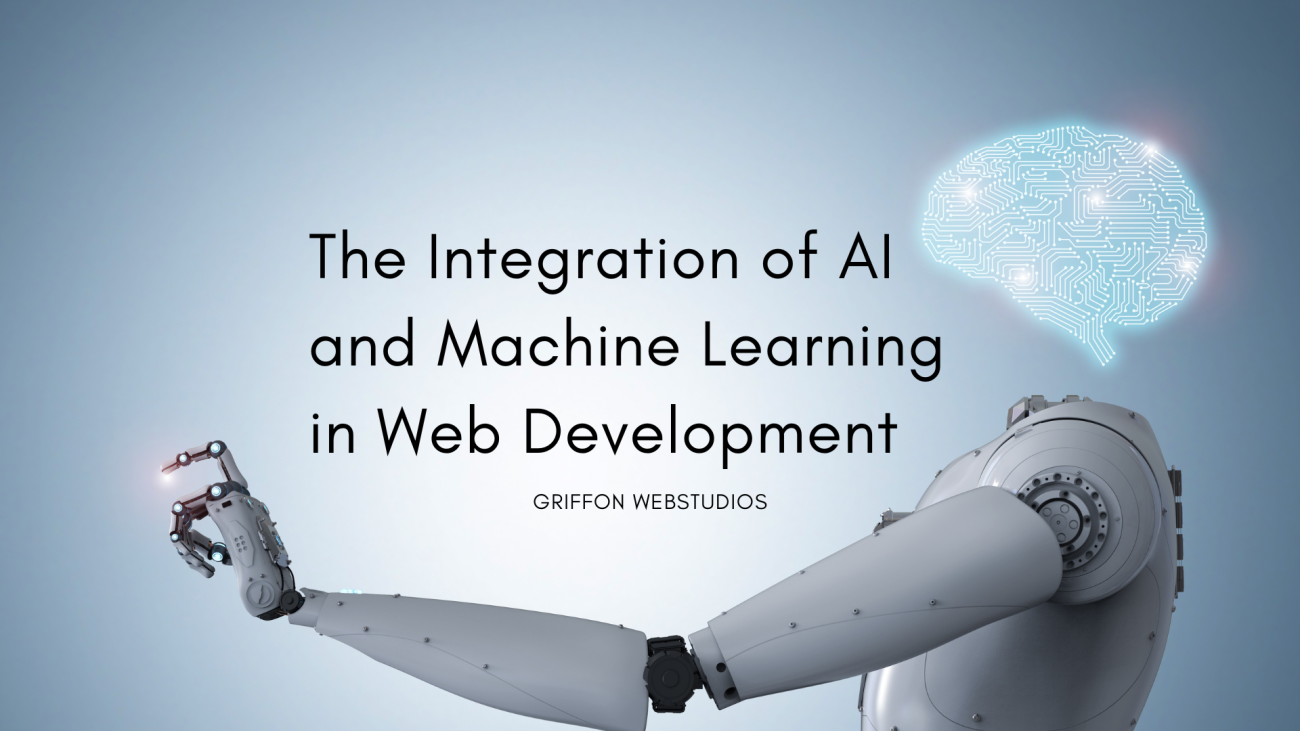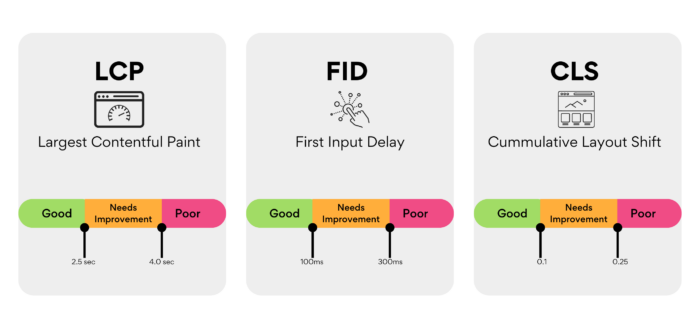Did you know that a quarter of all the lawyers in the United States reside in only two states? They are California (no surprise), and, you guessed it, New York. With so much activity around major cities and international travel being what it is, there is massive competition to stand out from the crowd online and off.
While we cannot change how the Bar Association views your practice in good years and bad. We can drastically improve how the world views your practice in the online sphere. Griffon Webstudios is proud to offer SEO experts in law firms that help your website rise the ranks to number one.
Understanding SEO: What’s the Buzz About?
Millions tap their questions into search engines on their mobile phones, laptops, and tablets daily, hoping to find answers. SEO, in its essence, ensures that your law firm stands tall amidst those answers. When someone types “best family lawyer near me” or “top criminal defense attorney,” SEO determines whether your firm’s website appears on that coveted first page of results.
Contrary to popular belief, it’s not about tricking the system. It’s about ensuring your website genuinely offers what users seek. Search engine optimization has a lot to do with your content, backlinks, and website quality (speed, images, accuracy, etc.).
Our team can help! While ads might give you a temporary boost, organic, non-paid search results genuinely establish your online credibility.
The Potential of SEO for Lawyers
Grasping how search engines gauge a website’s worth can make a world of difference. If you can offer what online users value most, you’re not just catching eyes – you’re capturing interest. That takes perfecting features like:
- Content: It’s not just about the keywords—it’s about their relevance and quality. Let’s say someone visits your website for information on “personal injury claims.” They’re more likely to trust your expertise if they find straightforward, concise, and informative content that answers their questions. You need to back up that content with the keywords that target those searches in your local area (a specialty of our firm).
- Backlinks and Off-Page Citations: The more authentic sites link back to yours, the higher your website climbs on the search engine ladder. Think of this like a client referral. If you had a great experience with a client and they refer someone in their network, you will expect that same level of interaction. The same is true for websites.
- Technical SEO: Have you ever clicked on a website that took ages to load, especially on a mobile device? Frustrating, isn’t it? Search engines think so, too. Factors like swift page speed, precise title tags, and a streamlined site structure significantly enhance user experience. This leads to a higher rank on Google, Yahoo, Bing, and DuckDuckGo.
Bringing it Home
You’re a lawyer. You know people do not tend to have your name and number written down on a piece of paper “just in case.” While there are exceptions, most clients are going to do a search online to find you, and you want to be ready.
By partnering with SEO experts in law firms like us at Griffon Webstudios, you’re not just optimizing a website but building a digital legacy. Let’s book a time for us to discuss how our professionals can revamp your online presence and bring home more views, insights, and client leads so you can maintain and grow your law firm.



